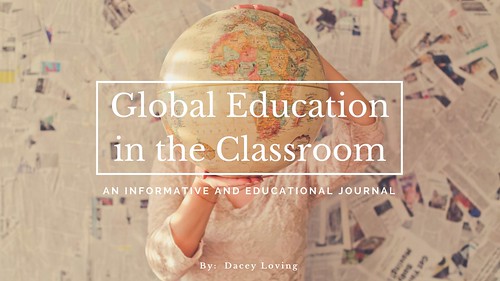
Sitting, watching, admiring. As I gazed upon this beautifully crafted temple in India, I began to think of all the differences in this world, compared to my own. I saw families of many colors all around me. Children, happily bouncing alongside their parents. People pointing, appreciating the amazing and ancient architecture. Everyone overjoyed in sharing this wonder with anyone around them. Then, I quickly realized that this is the same world as my own. I would see the same sights in my country. But - why did it feel so different, and how did I not truly see this until now?
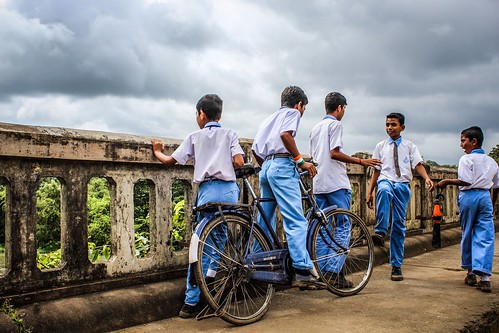
When I was teaching middle school, I realized we do not really teach our students what goes on outside the classroom, home, or even city, let alone the state or country. It is not necessarily our fault, but it is something we can control. With global intolerance being so prevalent, and causing much of the grief in today’s society, we can help to educate our young learners on what is happening outside the confines of the classroom and at home. After all, we are a country that many people hope and dream to be part of. We teach about this. But do we teach why? Why they want to leave the place where they were born, and possibly raised, to come to America? Why they want to drop everything for a chance to be free? Kids need to know this, too. The “why” is important in understanding, as it aids in being able to relate and empathize with those who have a different background, which will be important for the next generations to come.
After seeing this issue in my own classroom, I have made it a goal to alleviate and dissolve global intolerance as much as I can. I wish to share all that the world has to offer, in hopes of creating a better understanding of other cultures and ways of life, thus to rid the world of global intolerance. I believe starting with young learners will create a lasting impact moving forward with leadership in our country, as well as on a global level. If we catch the kids while they are young, they will not have adopted the mentalities of all those around them just yet, and hopefully they can begin to think for themselves and make up their own minds about the goings on of our world.

Global intolerance is the lack of respect for other cultures and ways of life, different than your own. It is a growing problem, for which we do not attempt to learn, understand, or listen to others before we act. Global intolerance really comes down to misunderstanding, and misunderstanding comes down to the lack of, or poor, communication. If we create interesting ways to learn about cultures other than our own, we can understand the differences, as well as instill a curiosity in our students that will give them the desire to learn more about the outside world. I feel that this is one of the most important areas we can focus on in order to prepare students to become global citizens, which will teach understanding and tolerance. This awareness, along with my curiosity and desire to learn about a new area of the world, prompted my trip to India.
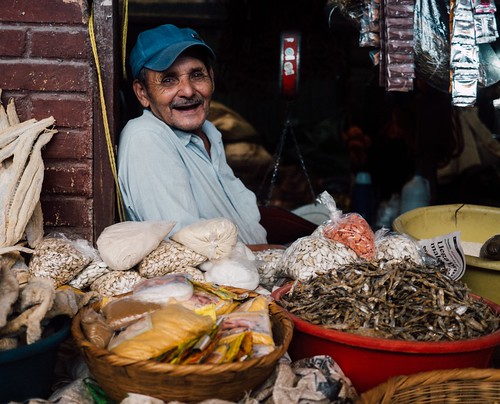
It was not only in my classroom that I noticed the issues of today’s society. When I traveled to India, I observed many different things that made me embarrassed for myself. I was embarrassed because I had no idea how well off I really was, yet had spent much time complaining about every little thing. I was embarrassed because I did not realize that things could actually be that different. I had given some thought to the differences I might see, but it did not completely register until I came upon it, first hand.
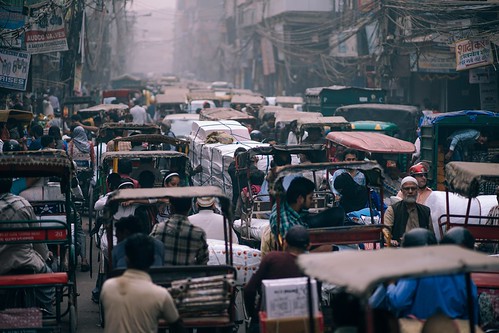
Walking through the intense Indian heat in the middle of May, I realized how much I had taken my air conditioning for granted; how much I had taken many Western commodities for granted. Traveling alongside Indian guides, I was able to see ten different cities in India over the course of a fortnight. Each of these cities had their own charm – the people, the sights, the food – and I was able to find something unique and different among them all. Before my visit, I had many biases and assumptions built up about this region of the world. Many of these ideas were based on what I had seen on television, or read about in books or magazines. I was certainly surprised by my liking of this great country, as well as my desire to learn more about the diverse cultures and traditions I was able to be part of, and also my hope of returning again someday.
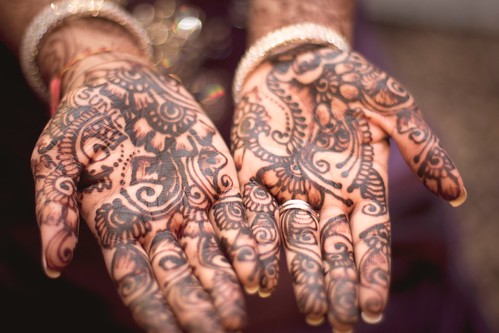
Aside from the beautiful landscapes and breathtaking architecture of India, the people were very warm and welcoming. Everyone we met on our journey was friendly and helpful in every way they could be. In some areas, they almost treated us as if we were celebrities, wanting to take pictures with our group. Some even went so far as to have me hold their child for them to take a photo of all of us together. I found this so curious, and fascinating. I thought to myself, “we do not do this in in the US.” At home, it is almost an annoyance to see “foreigners” roaming our lands. Here in India, we discovered people, who have much less than I have ever had, wanting to pose with me and remember this moment. They wanted to share everything with me, and show me what they were so very proud of. I suddenly felt horrible and ethnocentric for thinking the way I did when I saw visitors in my own country. What did I want to share with them? Nothing. That, unfortunately, seems to be the attitude of the West. Knowing this now, I hope to create change for the future.
While touring the Northern region of India, we stumbled upon a tiny schoolhouse. It was more of a room, surrounded by dirt and brick. Though the school was not what I had imagined, the students were overjoyed. They were so happy to have a visitor, and were thrilled to sing their ABCs for me. The smiles on their faces made my heart so full. They attended this school twice a week, for only 3 hours. Thus, it was seen as a privilege and reward, instead of having to work for their home and families. These students were so happy with what they had. Why weren’t we happy with what we have in the US, if these young learners are the happiest here?
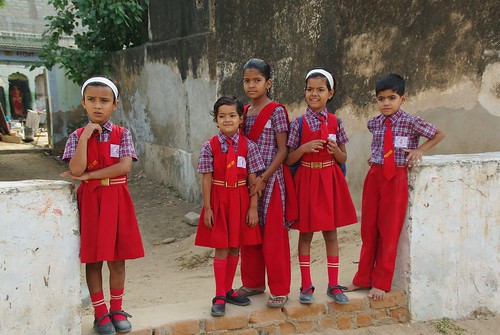
So, naturally, I became more curious about what else is out there, and why, as an American, have I not realized that there is so much more beyond our borders? I wish to learn as much as I can about other civilizations, because in the end, it is all about understanding. The problem with our current position is that we do not take the time or opportunities to learn about other ways of life. Therefore, we misinterpret the ideals of different religions, politics, and traditions set forth by unfamiliar cultures. As Americans, we have our own customs, and we assume and hope that the world partakes in the same. Naturally, they do not. Not even in the slightest. Some in the Western regions of the world may view this as a negative thing, but really, why? Why must we all be the same? What does the West really have to lose? Money. Power. Control. The all-encompassing aspect of being a “top dog” in today’s society seems to be keeping us in the same positions we have been in for centuries.
As friction amongst the United States and other areas of the world continues to develop, I become concerned with what the future holds. I see cultural barriers that we are ignoring, rather than taking the time and opportunity to understand.
“It is time for the two sides to come together as equals, working within each other’s cultural and religious frameworks, and – with full consideration of each other’s grievances – forge a lasting peace. Without compassion and justice, the cycle of death will only accelerate and involve more and more people in its path.” Ahmed, Akbar. Journey into Islam: The Crisis of Globalization. Brookings Institution Press, 2009.
Unfortunately, this was written ten years ago, and since then, we have seen only more death and destruction in our world. I believe this will continue until all sides engage in civilized dialogue, and begin to understand each other on a more educated level. In the end, we all make up the human race, though divided by dignity, pride, power, wealth, control, and greed; we should all fight for our rights as humans to live among each other in peace. I had assumptions and misconceptions about Islam before, and was proven wrong many times while exploring India. After visiting this amazing country, speaking with the natives, and reading about their way of life, I now have a more educated and well-rounded insight to the Muslim culture. Not only do I wish to spread this newfound knowledge, but I also wish to learn from many more cultures around the globe, and share my experiences with all that I can.
In order to remedy this growing intolerance, we need to start by introducing children to the rest of the world. Then, watch as the curiosity forms, and help them find more information about what the world has to offer. Let them see what other students their age are doing, time zones away. This is where I can help. I will continue to share more about new cultures around the world. Let’s see where the curiosity leads. Together.
Look for my monthly column here, with resources to help teach our kids tolerance, curiosity, and global citizenship.
Pin for later:
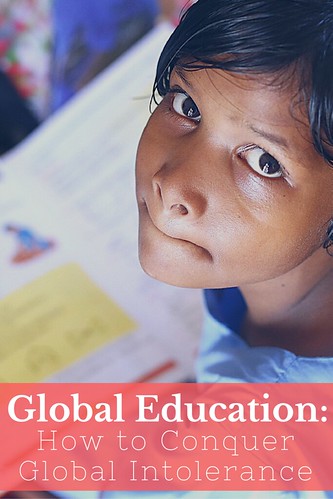
Dacey Loving is the Executive Editor for Global Education and the Global Education in the Classroom Editor for Wandering Educators. She is a passionate advocate for improving education, and making school the best possible experience for students and teachers. As a former teacher and education professional, she sees the many gaps in education, and is striving to help solve the literacy and equity problems facing our students around the world today.
